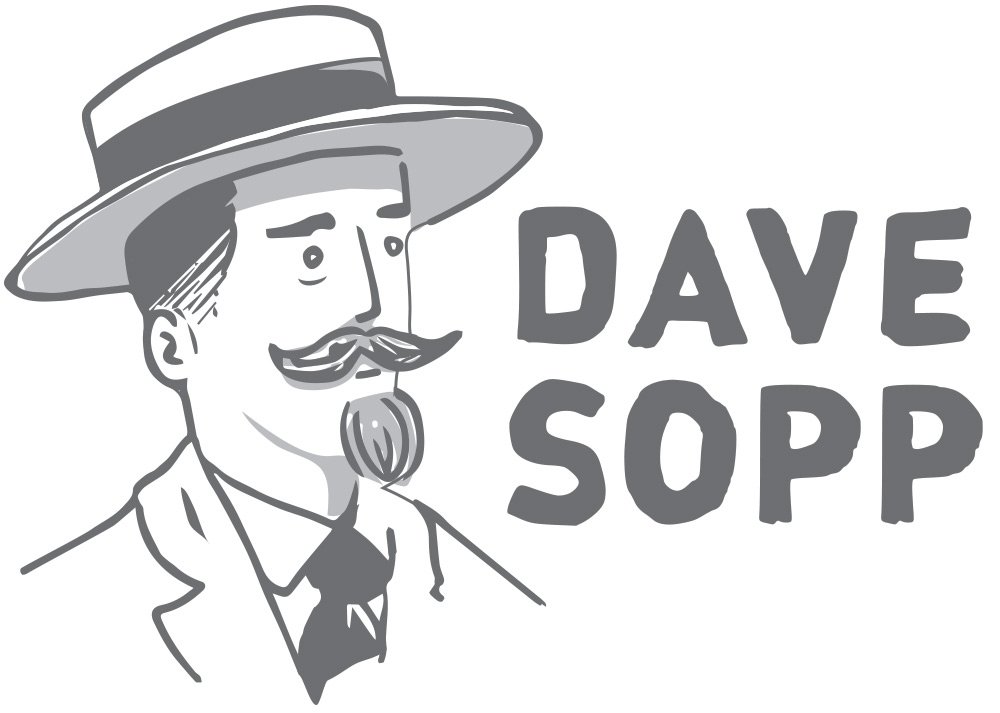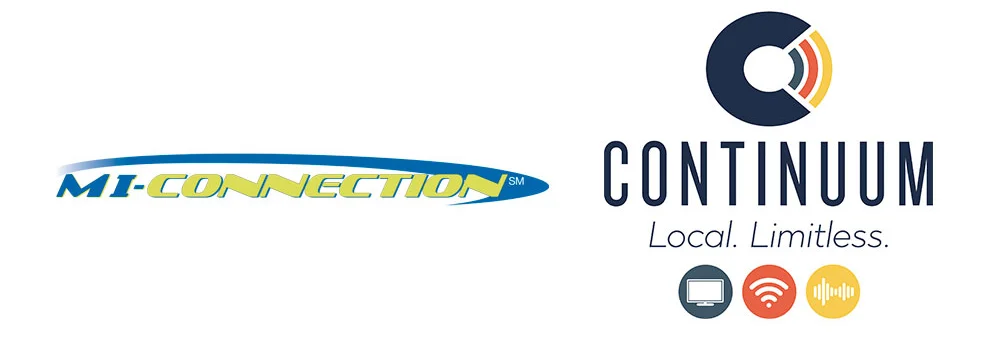Advertising > Video
Commercials. Expensive to run, right? Not if you’re a cable company! It’s free! Run them across all channels whenever! Woo hoo! Oh, wait, but they’re expensive to make. Nope! Not if I’m making ‘em! Double Woo Hoo! Look, despite being able to run free media, Continuum was just a small communications company with a lot of expenses before paying for TV production. But doing TV was too good an opportunity for them to just dismiss it. Especially with all that free media at hand. So we set out to bring our brand to life through Adobe After Effects and and an first-time local voice talent.
A career preference for working for scrappy, low budget underdogs has taught me that you don’t need a lot of money to make a good tv spot (or video or whatever). You just need a good idea and a talent for using the resources at your disposal. The YouTube video work I’d done a year earlier for VersaMe racked up TREMENDOUS view through numbers, so why not double down on the formula for a cross-channel cable flight for our local communications company?
Remember, the Continuum name and logo was in charge of projecting “reliable” . Everything else was in charge of “local”. So we decided on this strategy: slick “animated” spots, with a folksy, homegrown VO, and a strong finish. Our voice talent was Tracy Bennett Smith, a charming banking professional with a distinctive accent and no VO experience whatsoever. How’d we find her? Soccer practice. Doesn’t get scrappier than that. For the After Effects work, we stuck with the talented Peter Baker, who’d done such amazing work on the VersaMe videos.
There was one more bit of creative strategy we applied. We decided to build the spots as bumpers. That means, as a viewer, you’d see a :15 Continuum spot at the start of the commercial break, then a bunch of national commercials before seeing another :15 second spot before your show started again. We used this format to make CLIFFHANGERS! OMG, it was so fun to write these. We’d set up a proposition at the beginning and pay it off at the end. It was fantastic. Nobody does that anymore, so it was great theater. They became sort of like little special station identification break-ins. Only fun.
We got to be our true southern selves and show off our local personality, all the while projecting a strong sense of reliability. More to the point, this showed people that we were a communications company you could actually, gulp, like?
DAVE SOPP – Creative
Yep, that’s me. I’ve got over 20 years of marketing strategy, graphic design, advertising art direction, and illustration experience. Want to use some of it? Email me at dave@davesopp.com










































